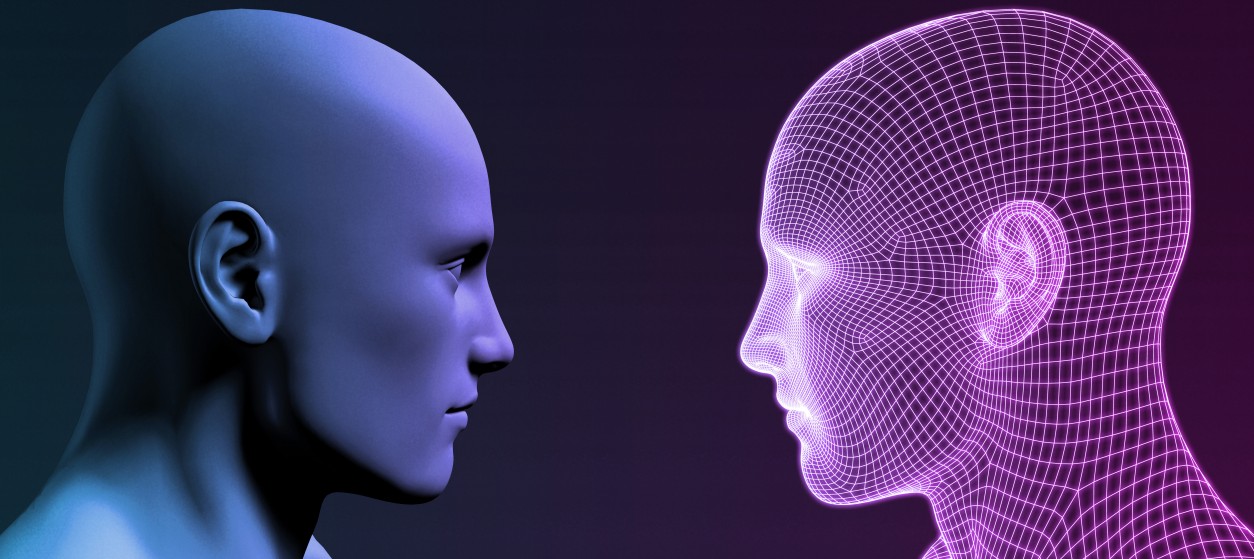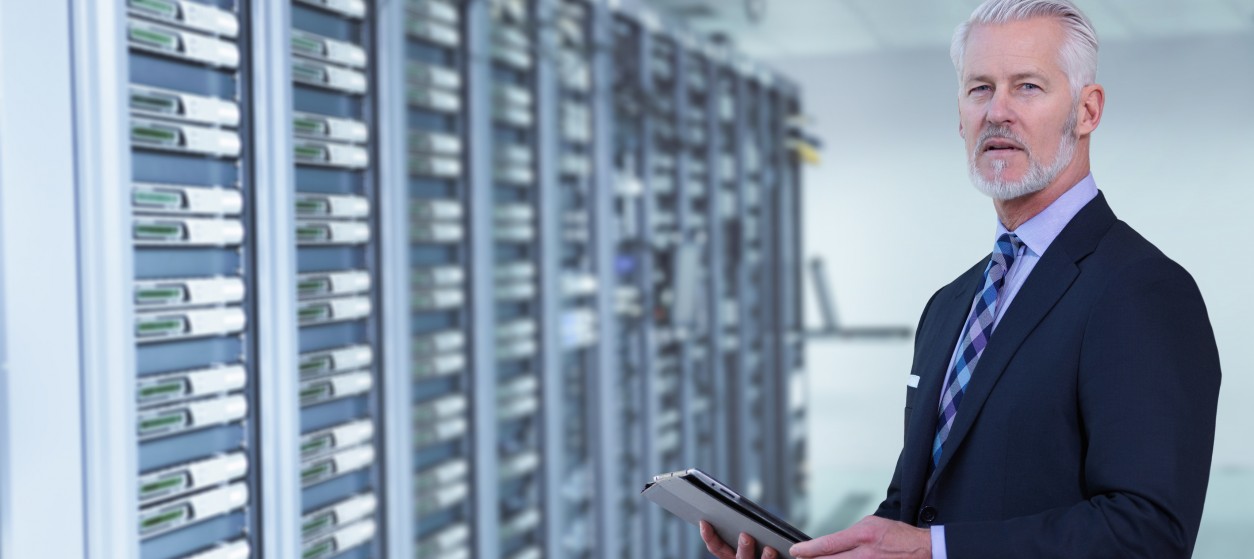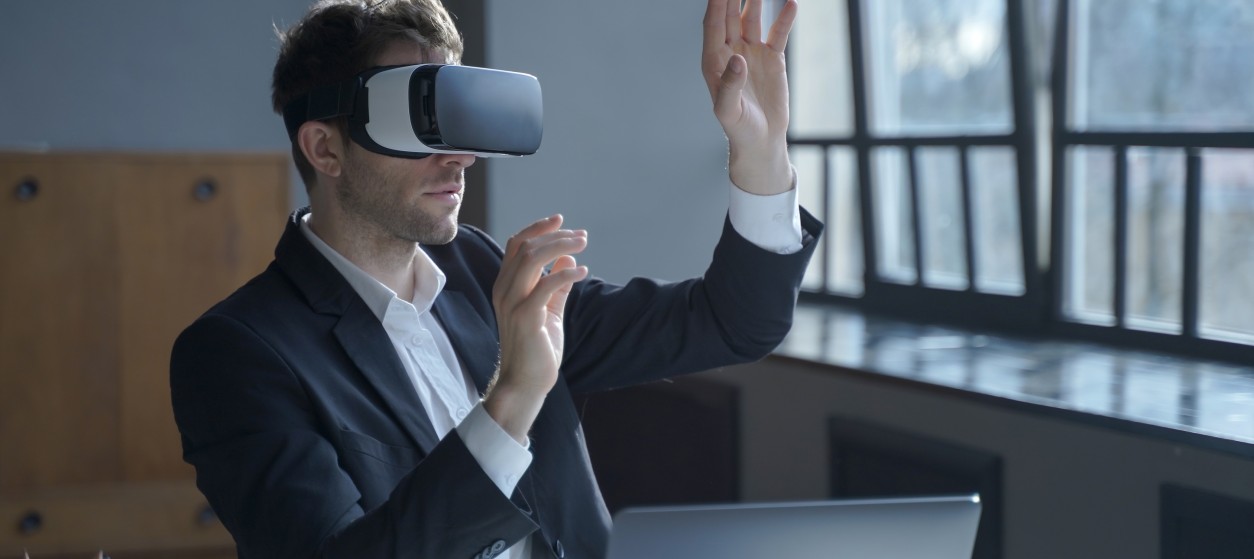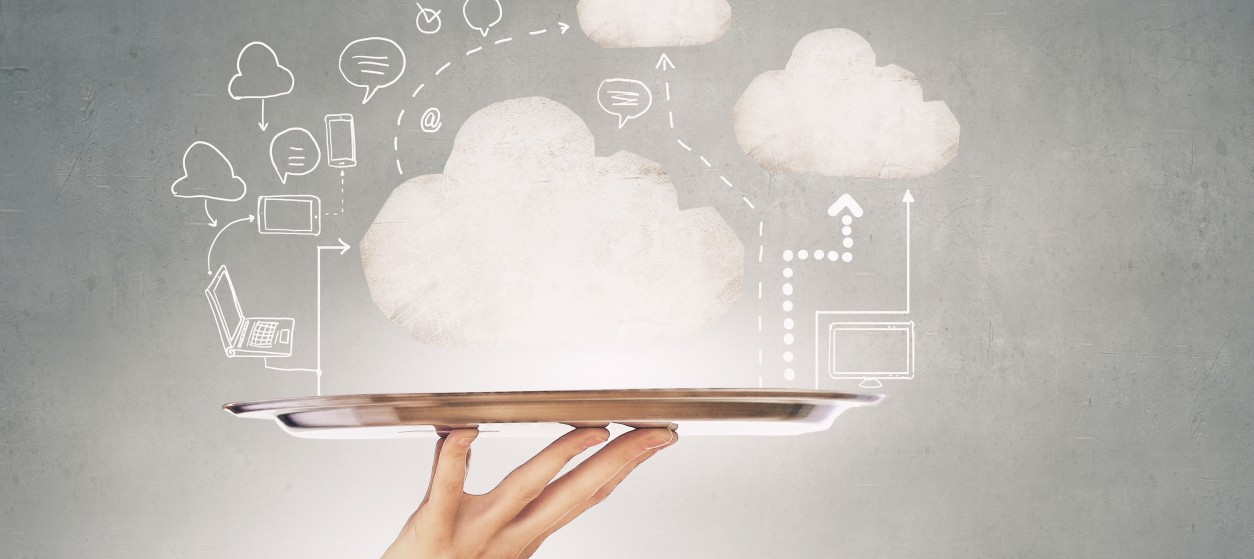The advent of the fourth industrial revolution (Industry 4.0) has come along with the revolutionary concept of “Digital Twin”. A Digital Twin is a virtual representation of physical devices and processes in the cyber world. This representation enables processes engineers, product managers and other stakeholders to experiment with products and processes in the digital world (i.e., in the scope of an IT system) rather than in the physical world (e.g., a pilot production line or testbed). Working with physical processes in the digital world has some obvious flexibility and safety benefits. In the digital world, processes can be tested, evaluated and if needed reverted back without any essential impact on people and enterprises. This is not the cases with physical processes: Whenever a physical process is carried out irreversible changes take place in the status of the physical world. The transfer of physical processes in the digital world is the fundamental property of digital twins that drives their value in industrial applications.
From a technological perspective, the development of a digital twin is based on a powerful mix of various cutting edge digital technologies. The very first digital twin implementations took place in the manufacturing sector leveraging Cyber Physical Production Systems (CPPS). Since then, digital twins are increasing in sophistication and expanding in other sectors, while using more advanced digital technologies.
Digital Twins: The Technology Enablers
State of the art digital twins take advantage of technological acceleration and use multiple technologies including:
- Digital Models: Digital models of objects, devices and physical processes are a key prerequisite for the development of digital twins. This is because the latter are cyber-representations of the physical world, which capture objects, systems, and their interrelationships. Digital models provide a sound basis for interoperability across different parts of a digital twin, which enables the representation of physical world objects and processes at a large scale.
- Sensors and IoT Devices: Sensors and IoT devices are integral elements of every digital twin. They are used to provide real-time information about the status of assets that comprise the digital twin.
- Cyber Physical System (CPS): CPS systems have both a cyber and physical part. As such they can be used both for acquiring information about the status of the physical world and for influencing the status of digital world based on actuation functions. Digital Twins integrate CPS systems in cases where they need to configure devices or processes such as a machine or a quality control process, respectively.
- BigData Management and Analytics: State of the art Digital Twins manage large volumes of data, including data streams with high ingestion such as streams from IoT devices. This is because Digital Twins are data intensive, especially when they must provide faithful representations of non-trivial processes that comprise numerous devices. In this context, Digital Twins comprise also analytics functions that analyse data streams towards inferring structural properties of the digital twins.
- Artificial Intelligence (AI) and Machine Learning (ML): Statistical data processing and data mining techniques such as Machine Learning, Deep Learning and AI algorithms are used to extract predictive insights on how different processes affect the physical world. In this way, they enable simulations and what/if analysis processes.
- Digital Simulations: Following the modelling of the physical world in the context of digital twin, various physical processes can be simulated. These simulations provide the means for evaluating different deployment configurations for physical processes without executing these physical processes in the field.
Modern digital twins’ applications combine these technologies to enable simulation of different configuration options for complex physical processes. Likewise, digital twins’ simulations and what-if analysis enable enterprises to define optimal workflows in a safe and cost-effective manner.
Digital Twins Applications and Sectors
As already outlined, digital twins were initially developed and deployed in the manufacturing sector. Specifically, they were used to simulate production processes like quality control, predictive maintenance, and various industrial automation workflows. For instance, digital twins are used to simulate quality processes in order to discover the machines and process configuration parameters that minimize the likelihood of defects. Likewise, different automation workflows are tested to decide the production configurations that optimize production time, cost, and waste. During the last couple of years, there are also manufacturing digital twins that comprise human-related parameters such as information about the workers’ physical and emotional state. Such digital twins help identifying the sequence of tasks that cause excessive fatigue or stress to the worker. In this context, human centric digital twins can be used to allocate task and shifts in a way that accounts for the ever-important human factors.
In recent years, there are also digital twins in other sectors. As a prominent example, digital twins are used to simulate transport scenarios towards identifying parameters and behaviours that optimize transport safety, sustainability, and efficiency. The development of digital twins for the automotive sector is nowadays easier than ever before, given that modern cars are connected and feature tens of sensors and IoT devices. Furthermore, the advent of autonomous driving is expected to increase the importance of digital twins in this sector, as more processes will have to be simulated prior to their deployment in production.
Healthcare is another sector where digital twins are already deployed and yield significant impact. As a prominent example, patients’ digital twins are developed and provided to clinicians. These digital twins integrated a wide range of data sources, including for example epidemiological data, biochemical and haematological data, X-ray images, tomographic images, MRI scans, sensor data about the patients’ lifestyle, and standard pathology assessment data. With these integrated datasets at their fingertips, clinicians can take educated decisions about the diagnosis, prognosis, and treatment of various diseases. Likewise, they can run simulations about the effects of potential treatments, leveraging available data about phenotypes of similar patients’ and diseases.
Digital twins are gradually deployed and used in other industrial sectors as well, including for example energy, oil and gas, water management and more. Relevant digital twins’ applications in these sectors including asset management, predictive maintenance, risk and vulnerability assessments, as well as employee training processes.
Overall, the accelerated digital transformation of industrial enterprises empowers the development of sophisticated digital twins. The latter are very handy for simulating the outcomes of complex physical processes in safe, cost-effective, and efficient ways. Hence, they boost the design of new business processes, as well as the fine-tuning of existing processes. In the coming years, digital twin deployments will proliferate in almost all industrial sectors. This is the reason why enterprises must understand the power of digital twins and start exploring how they can take advantage of them.










